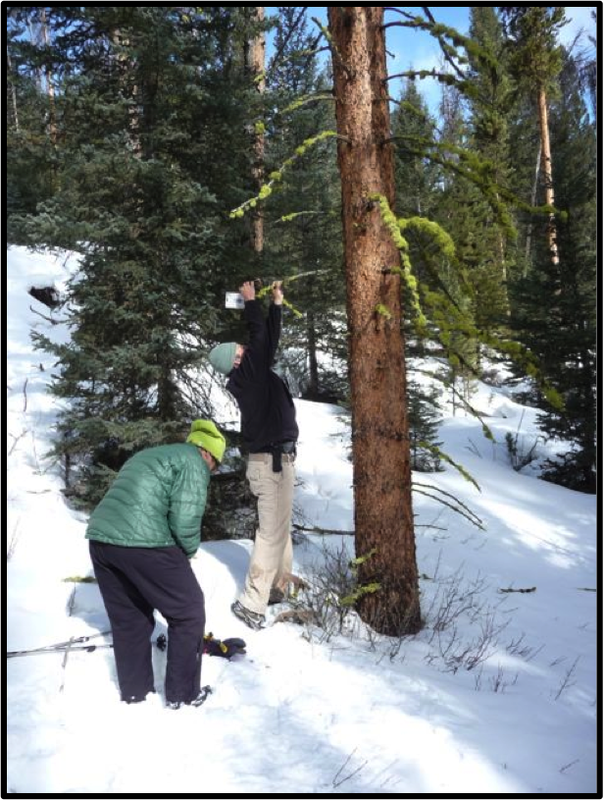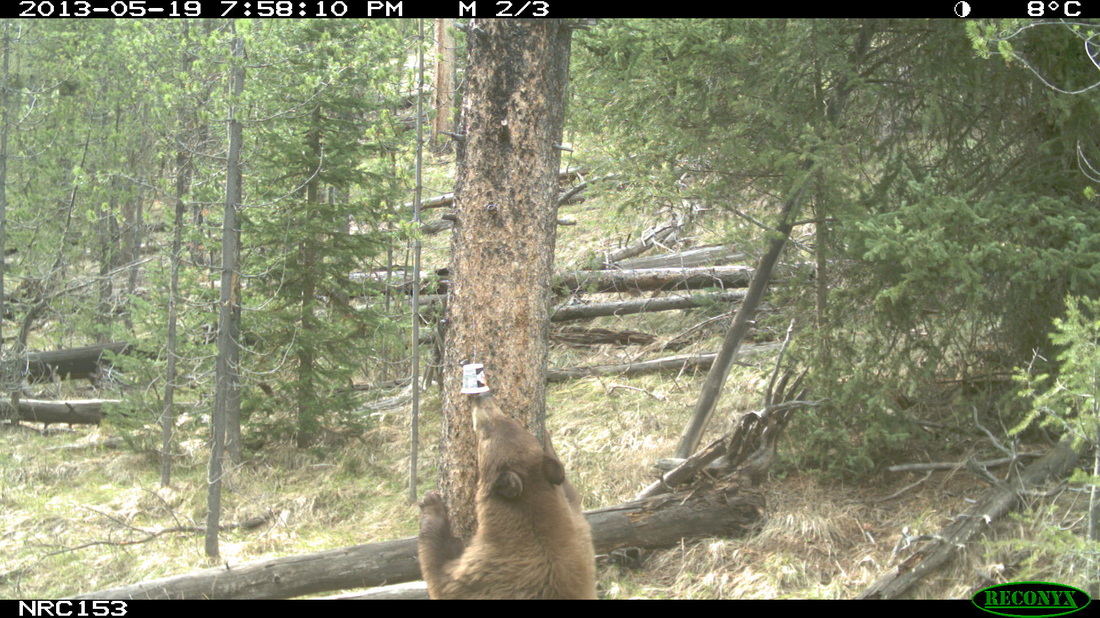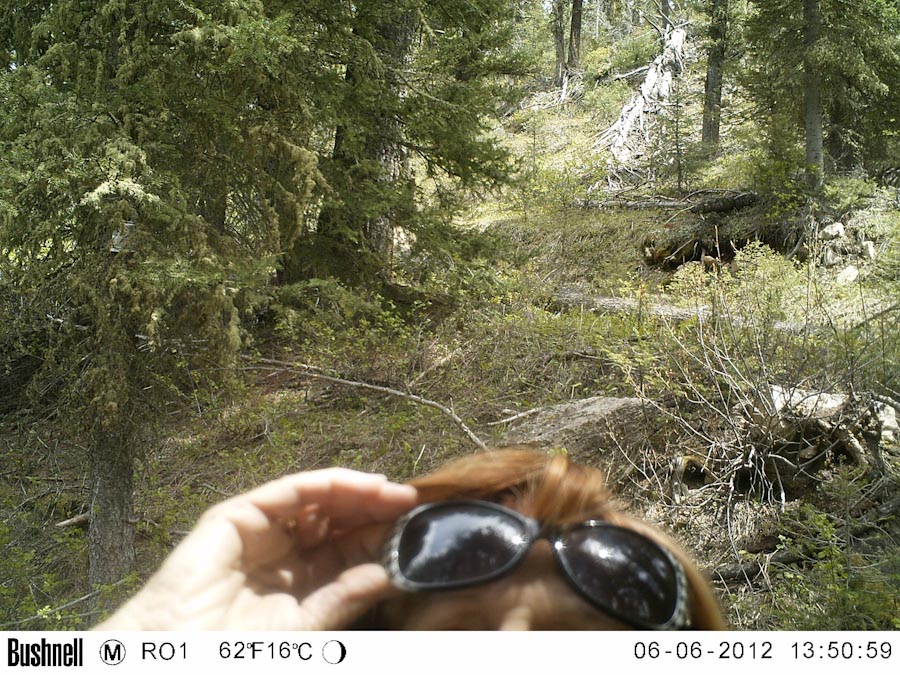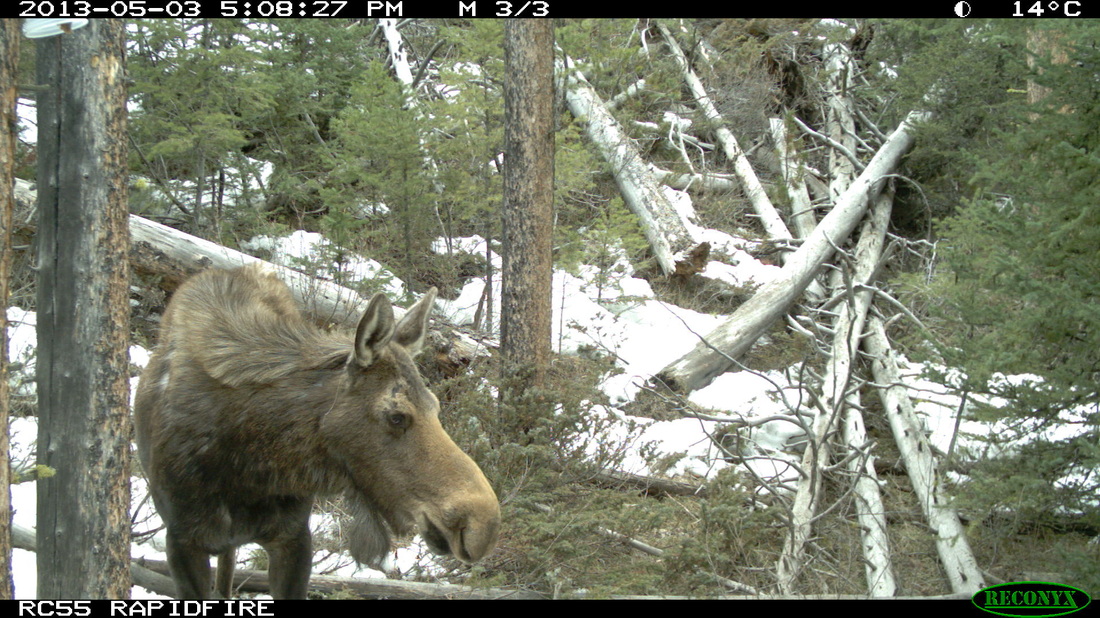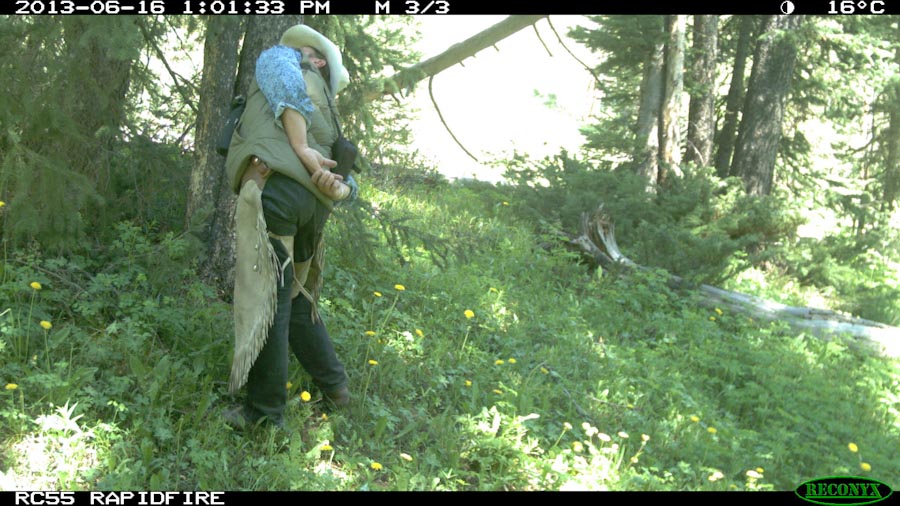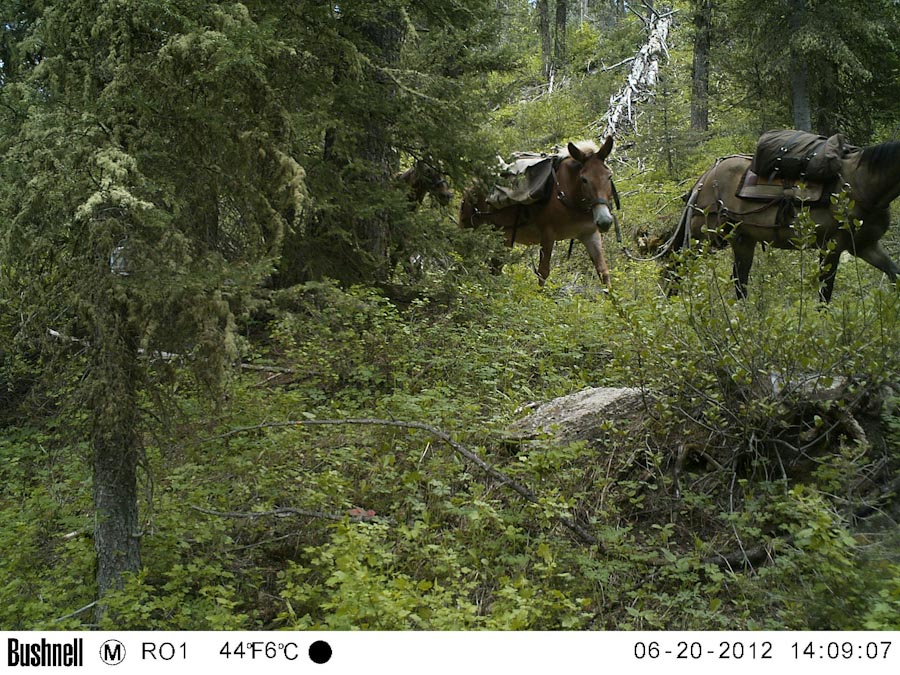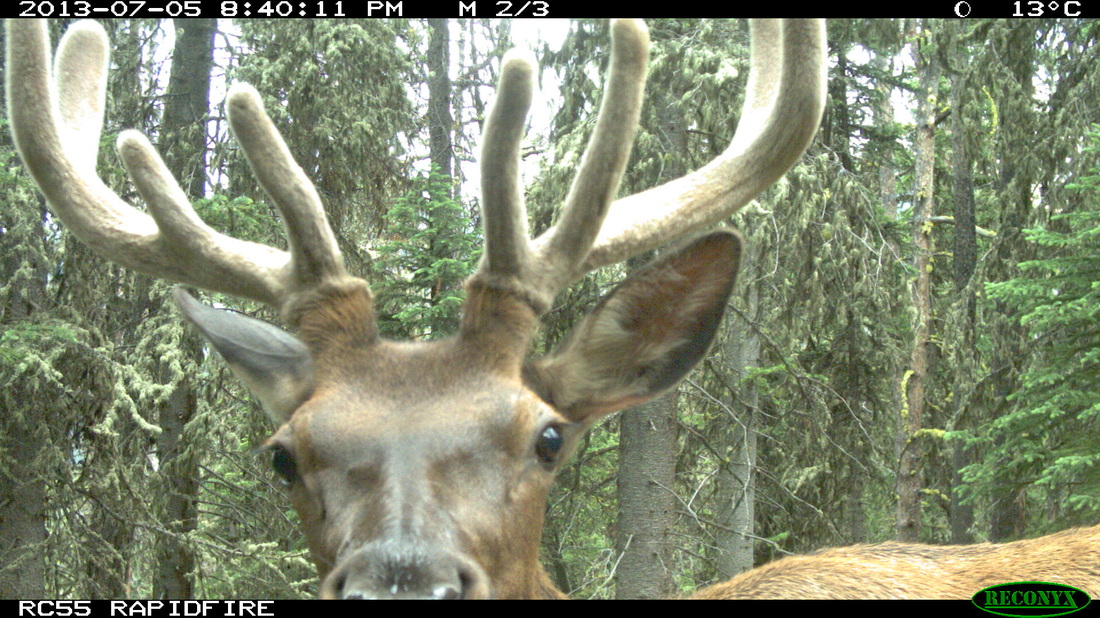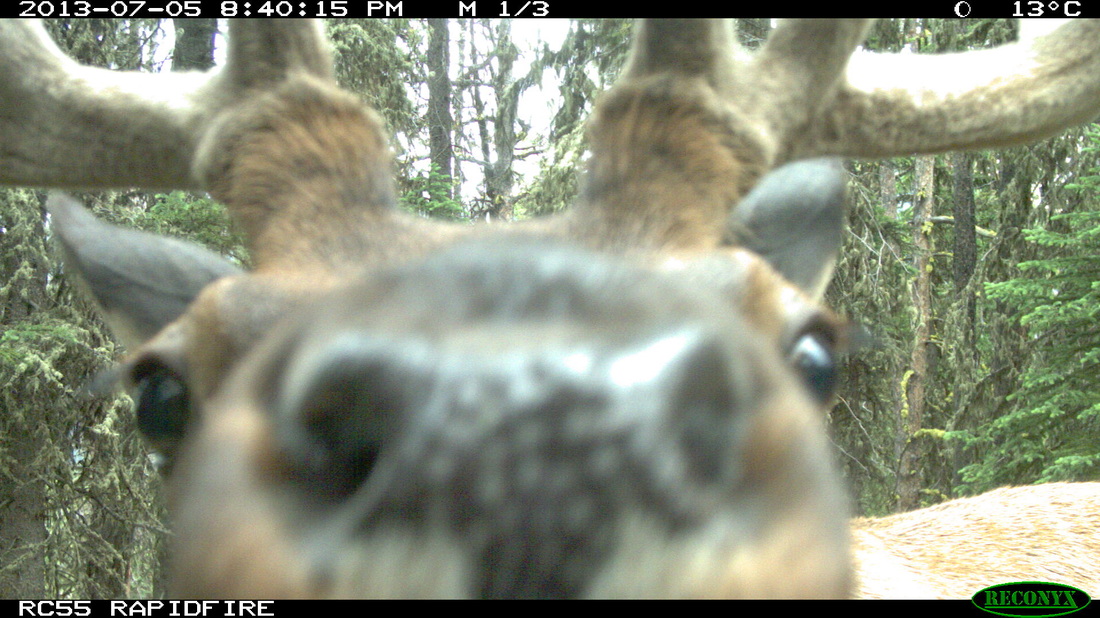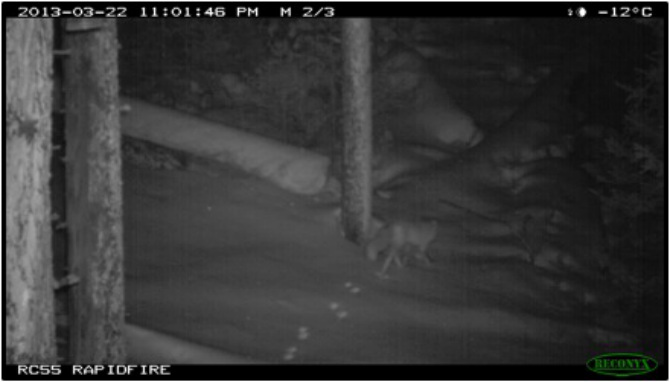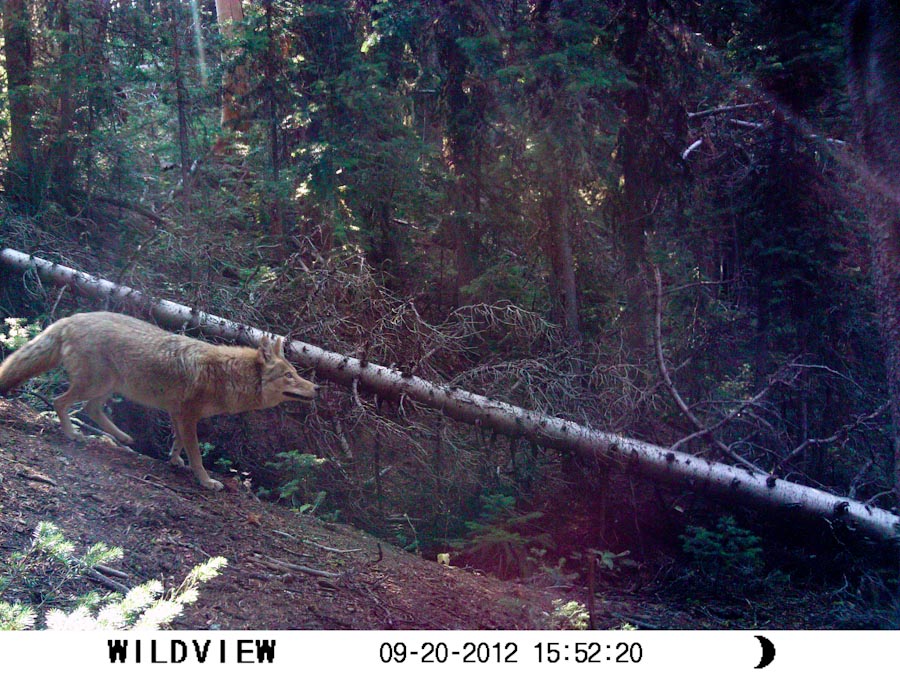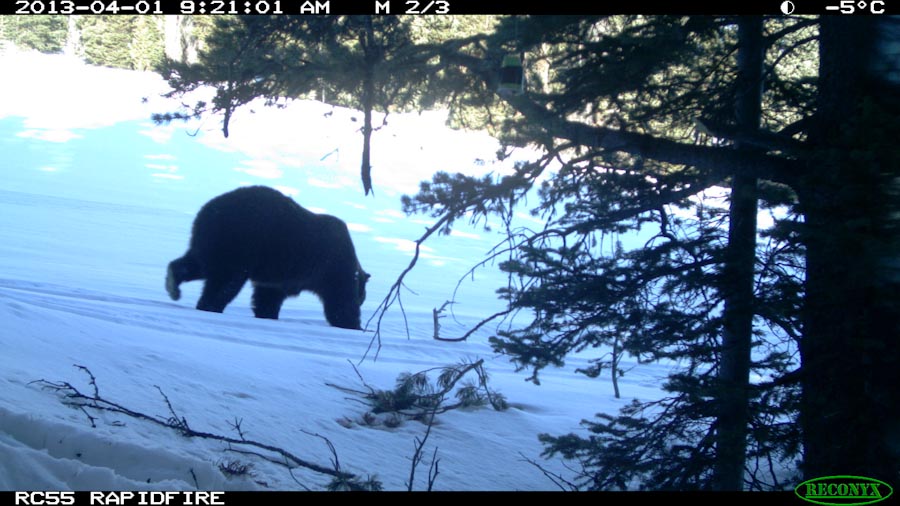Catching Wildlife in a Lens: Camera Trapping Top 10
Your fingers begin to freeze instantly as you remove your gloves and mount the camera onto the lower trunk of the tree. The wind blows and you’re enveloped in a cold, sparkling-white powder as it billows up and swirls around you and the high trees, whispering through the branches. You spend the day trekking, satisfied with having put a distinctive start to this project, and look forward to returning in the coming weeks. As months go by, you check your camera mindfully to ensure that it is still holding on, both physically and functionally, amidst the depths of winter’s grasp.
You return many days later to finally retrieve your weather-battered camera and rush home to see what you’ve caught. Thumbing through hundreds of photos, you finally find what you were looking for. Among countless images displaying the same view, empty save for thick vegetation and marked by changing weather, you spot your prey. You watch it move and change as you pan through the photos, like a character in a children’s flip-book. Whether it’s a common white-tailed deer or an imposing grizzly bear, the excitement of having caught life with a camera trap is all the reward you need for the hours spent outside.
The Hebgen project was designed to provide information on regional wildlife populations and their ranges. ASC recruited volunteers to go down to Hebgen Lake, set up remote camera traps and see what wildlife they could capture through images as the seasons changed. We picked out the best images the teams ended up with on their cameras, both intentional and not. Here is the cream of the crop:
Check out the full report from the project here. You can get your group or organization involved in a camera trapping project too! Visit our guided outings page to learn more.

